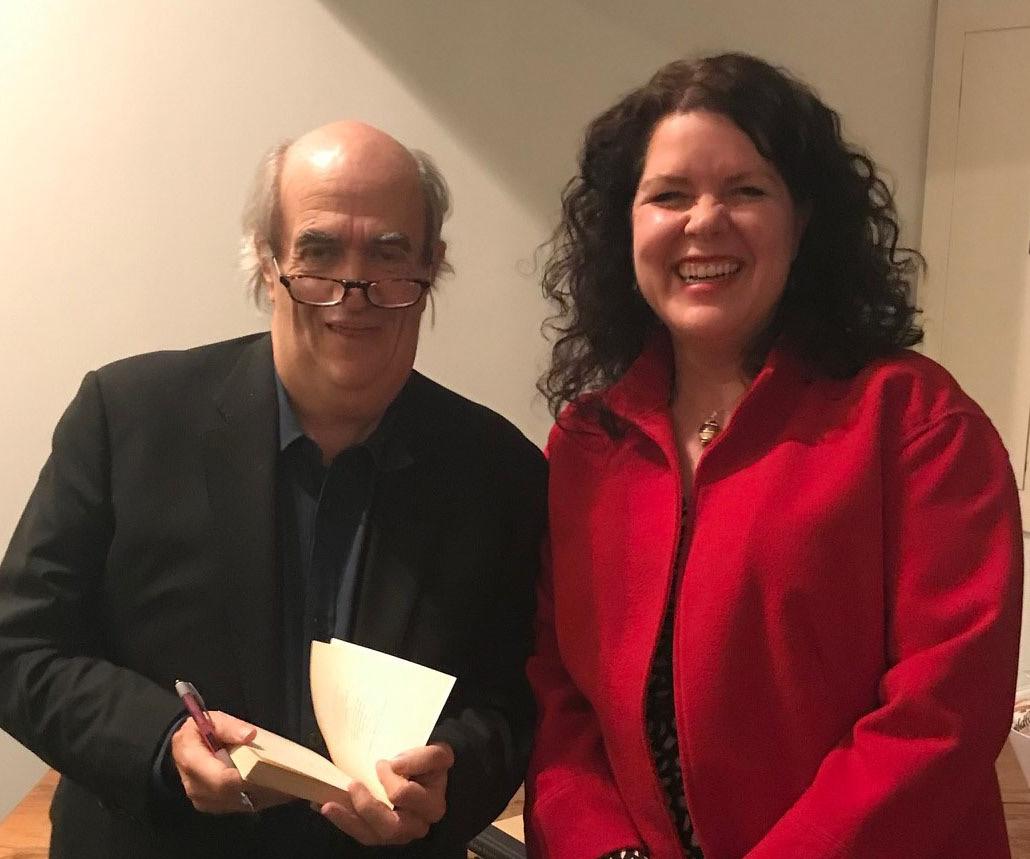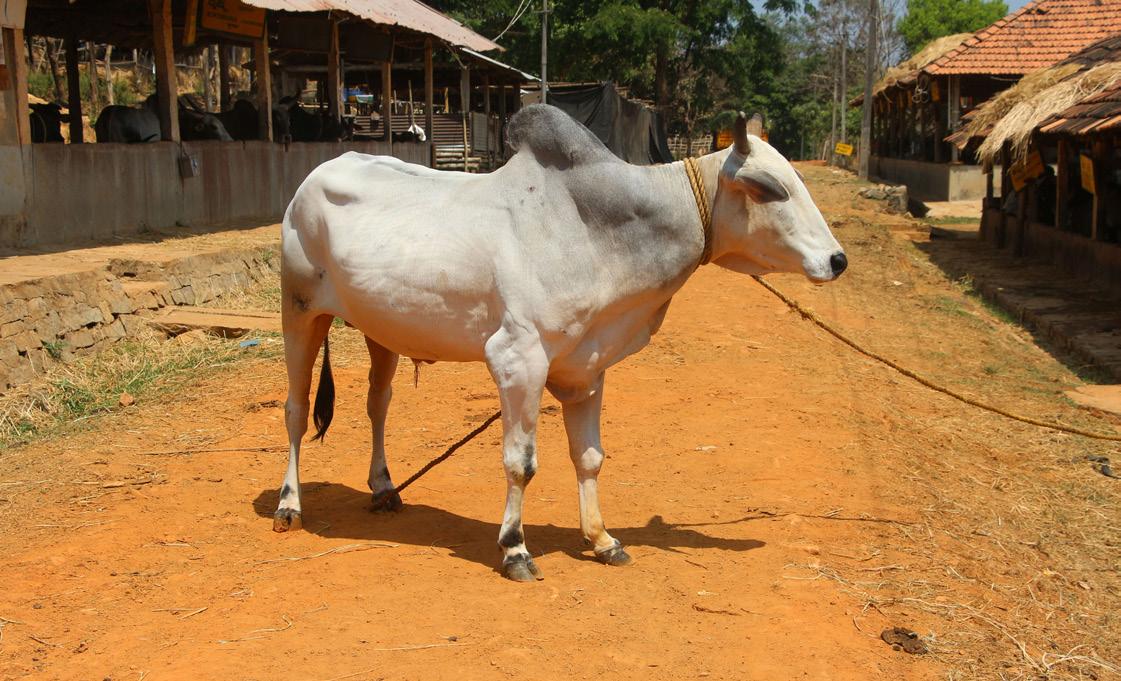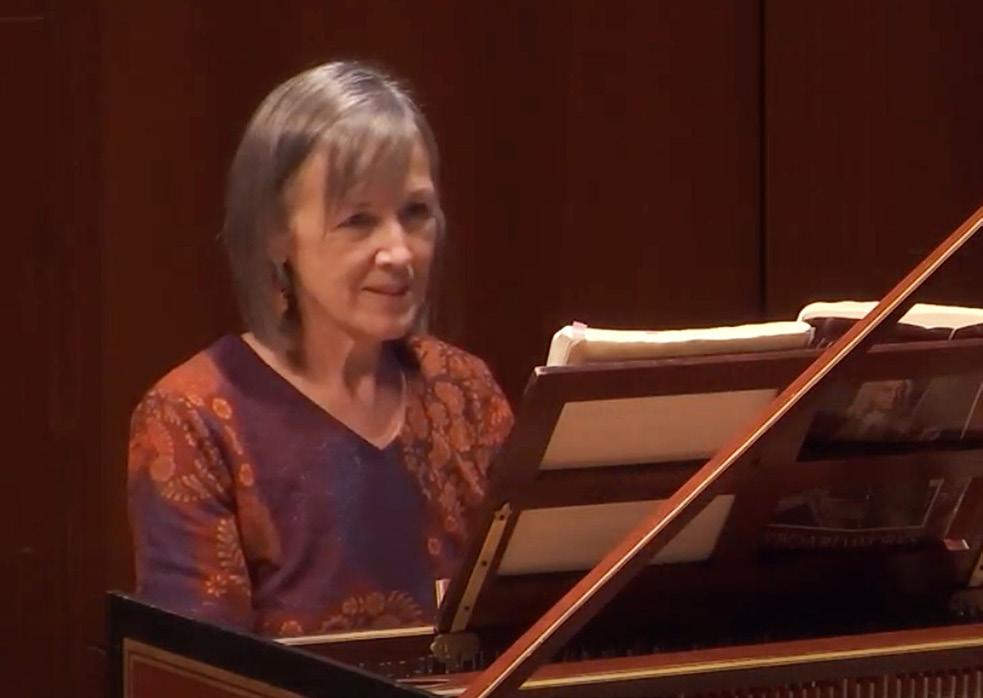historians to revisit sources to which they already have access, or to re-read research notes from years gone by, to ask new questions of those sources or to notice connections that may have lain hidden while the historian’s eyes were trained on a different investigation. In a longer run, it may promote collaborative work in a field that has long valued the singular author. Of course historians have read and listened to each other’s work at academic conferences and other venues, but the need to access archival sources and the rapidly increasing familiarity with video call and videoconferencing software may generate intellectual partnerships that do more than provide a sounding board for an individual author’s work. A recent webinar hosted by the American Historical Association advocated for the use of videoconferencing technology to expand scholarly presentation of research beyond the structural frameworks of academic conferences and for historians to engage more intimately with archival staff regarding research projects, so that archivists may provide more efficiently digitized caches of materials necessary to those projects.6 Perhaps these changes are overly optimistic; institutional practices tend to be very slow to change. Narrating the past is too important a proposition to be left to the historian who last left the archive in January 2020; we must find new ways to discover the past and re-present it to the future.
NOTES 1. In the larger project, I use the Government Cattle Farm, Hissar, as a locus for two narratives: one which explains the colonial project of breeding animals for the exclusive or primary use of the military (indeed the Farm’s initial purpose), and the other which explains the nineteenth-century intrusion of veterinary medicine into a vibrantly competitive animal care landscape. Both processes had dramatic effects on animal morphology, nutrition, migration, and other activity, and thus they illustrate the means by which British officials and Indian animal owners and healers used animal bodies as the sites of struggle for power within an evolving colonial structure. Additional discussion of the project may be found in Brian Caton, “The Invisible Animal and the Visible Institution: The Government Cattle Farm, Hissar, 1800-1845,” Agora 26, no. 1 (Fall 2013): 21-4. 2. Captns. J. H. Simmonds and W. Brown, Map of the District of Hissar, 2d ed. (Agra: Office of the Sudder Board of Revenue, N. W. Provinces, 1858), India Office Records [henceforth IOR] Cartographic Items Maps 57540.(16.), British Library, London. The “four-inch map” refers to the scale of four inches to the mile, a relatively common scale for maps related to revenue work in British India.
3. James Skinner Papers, IOR Mss Eur 173, British Library, London. The draft memoir became the basis of a biography published after Skinner’s death in 1841: James Baillie Fraser, Military Memoir of Lieut.-Col. James Skinner, C. B., vol. 2 (London: Smith, Elder and Co., 1851). Skinner was ultimately granted a commission as a Lieutenant-Colonel in 1826 and also was made a Companion of the Bath. 4. C. J. Hawes, Poor Relations: the Making of a Eurasian Community in British India, 1773-1833 (Richmond, Surrey: Curzon Press, 1996).
5. Draft Military India No. 47 of 1858, 2nd June, Reply to Letter dated 1st Feby. 1858, No. 29, IOR E/4/852, British Library, London, 97.
6. American Historical Association, “Doing Research During COVID-19,” October 21, 2020.
20
Agora/Fall 2020


















